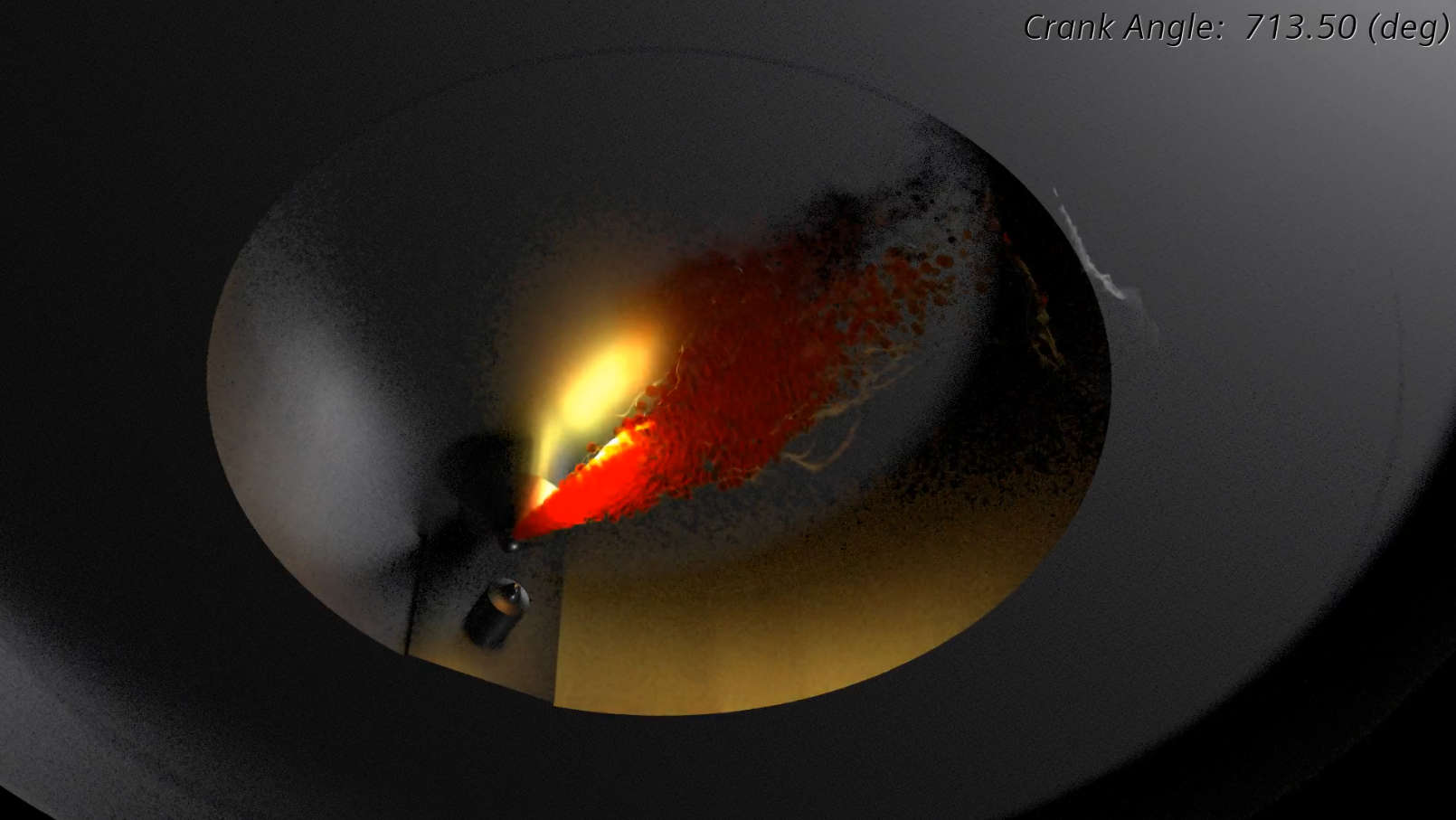What will be the fuel of the future for Internal Combustion Engines?

Ah, the future of alternative fuels for internal combustion engines (ICE) —a topic that’s both fascinating and crucial as we navigate our way toward more sustainable transportation! Let’s dive in, shall we?

What will be the alternative fuels for your cars?
Exploring alternative fuel solutions
ICEs have been the workhorses of transportation for over a century. However, with growing concerns about emissions and fossil fuel dependency, the automotive industry is exploring alternative solutions. Here’s what’s happening:
- Electric Vehicles (EVs): EVs have gained significant traction. They’re clean, quiet, and offer impressive performance. But there’s a catch: cost. Building an EV is still more expensive than a traditional ICE vehicle, which affects customer adoption. Plus, EVs face challenges related to power density and recharging infrastructure, especially for applications like agriculture where reliability matters.
- Hybridization: Many automakers are blending ICEs with electric power. Hybrid vehicles combine an internal combustion engine with an electric motor, offering improved efficiency and reduced emissions. These are already on the roads and will continue to evolve.
- Alternative Fuels: Beyond electricity, there’s a world of alternative fuels:
- Biofuels: These come from renewable sources like corn, sugarcane, or algae. Ethanol (E85) and biodiesel fall into this category.
- Renewable Diesel: Made from vegetable oils or animal fats, it’s chemically similar to petroleum diesel but cleaner.
- Renewable Natural Gas (RNG): Captured from organic waste, RNG can power natural gas vehicles.
- Hydrogen: Hydrogen combustion and Hydrogen fuel cells could revolutionize transportation. They emit only water vapor, but infrastructure and production challenges remain.
Legend: Accurate Internal Combustion Engine simulation with Simcenter STAR-CCM+ In-Cylinder Solution
Challenges and considerations for alternative fuels
- Cost: Developing and implementing alternative fuels can be expensive. Balancing environmental sustainability with economic feasibility is crucial.
- Infrastructure: For widespread adoption, we need refueling/recharging networks. EV charging stations, hydrogen refueling stations, and biofuel distribution points all play a role.
- Energy Density: ICEs excel in providing high power density, essential for applications like heavy machinery and long-haul trucks. Alternative fuels must match this capability.
The road ahead
- Diverse Solutions: There’s no one-size-fits-all answer. Different applications (agriculture, transportation, industrial) require tailored solutions. Expect a mix of ICEs, hybrids, and EVs.
- Efficiency Improvements: Traditional gasoline engines have evolved in recent years. Technologies like direct injection and variable valve timing enhance efficiency.
- Policy and Innovation: Governments play a vital role. Regulations can drive adoption of cleaner fuels and incentivize research.
In summary, the future of alternative fuels for ICEs is multifaceted. We’ll see a blend of technologies, each playing a role in reducing emissions and ensuring a sustainable ride into the future!
Join us for our 25th Virtual ICE Conference, where Porsche AG, MAN Energy Solutions SE, and R&D Computational Fluid Dynamics will present their experiences and achievements from their recent research and in-cylinder simulation activities. This will be complemented by presentations from Oxford Brookes University and Oxford University, who have been actively involved in industrial research projects applying Simcenter STAR-CCM+ In-Cylinder solution.
Want to know more?
Explore additional information on the Siemens offering for ICE applications:
- Blog: Internal Combustion Engine CFD with Simcenter STAR-CCM+ In-Cylinder Solution
- Fact sheet: Powertrain thermal management with Simcenter STAR-CCM+
- Simcenter STAR-CCM+ webpage
- Blog: Unlocking the secrets of hydrogen combustion engines with system simulation


